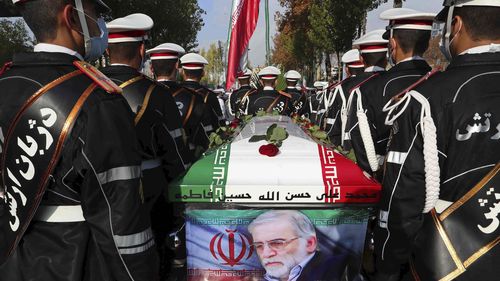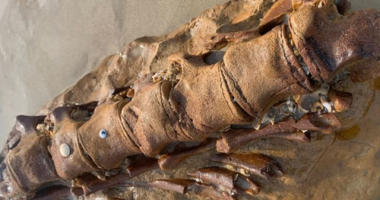Share this @internewscast.com
The officials revealed that Israel set up a base within Iran to launch explosive drones, which were subsequently utilized to hit missile launchers in the vicinity of Tehran.

Although Iran dismissed Netanyahu’s remarks as “childish” and “laughable,” Israel’s raid on the archive demonstrated confidence in Mossad’s capability to operate in Tehran.
This operation, which involved considerable planning and precise knowledge of the archive’s security and location, prompted the first Trump administration to exit the original nuclear deal with Iran, called the Joint Comprehensive Plan of Action (JCPOA).
In November 2020, Israel assassinated Mohsen Fakhrizadeh, Iran’s chief nuclear scientist, while he was in a bulletproof car travelling with his wife.
Fakhrizadeh’s car was moving in a convoy with three security vehicles when he came under fire.
Iranian state media said a remote-controlled machine gun opened fire on the nuclear scientist, who had been a long-time target for Israel.

Before and after: Satelite images show Gaza damage
The operation, which Israel has not publicly acknowledged, was carried out with remarkable precision, and it displayed a deep knowledge of Fakhrizadeh’s pattern of life.
And yet despite its repeated inability to stop the Mossad, Iran has proven incapable of improving.
Ram Ben Barak, the former deputy director of the Mossad, said the organisation’s continued success is “due to a very, very disliked regime, even hated by most of the public, so this allows for intelligence penetration on one hand, and on the other, you have the sophistication and professionalism of the Israeli intelligence personnel.”
After the start of the war in Gaza, Israel assassinated Hamas political leader Ismail Haniyeh in the heart of Tehran.
A source familiar with the matter said Israel planted an explosive device in a guest house where Haniyeh was known to stay.
The bomb was concealed in the room for two months before the targeted killing and detonated remotely once Haniyeh was in the room.












